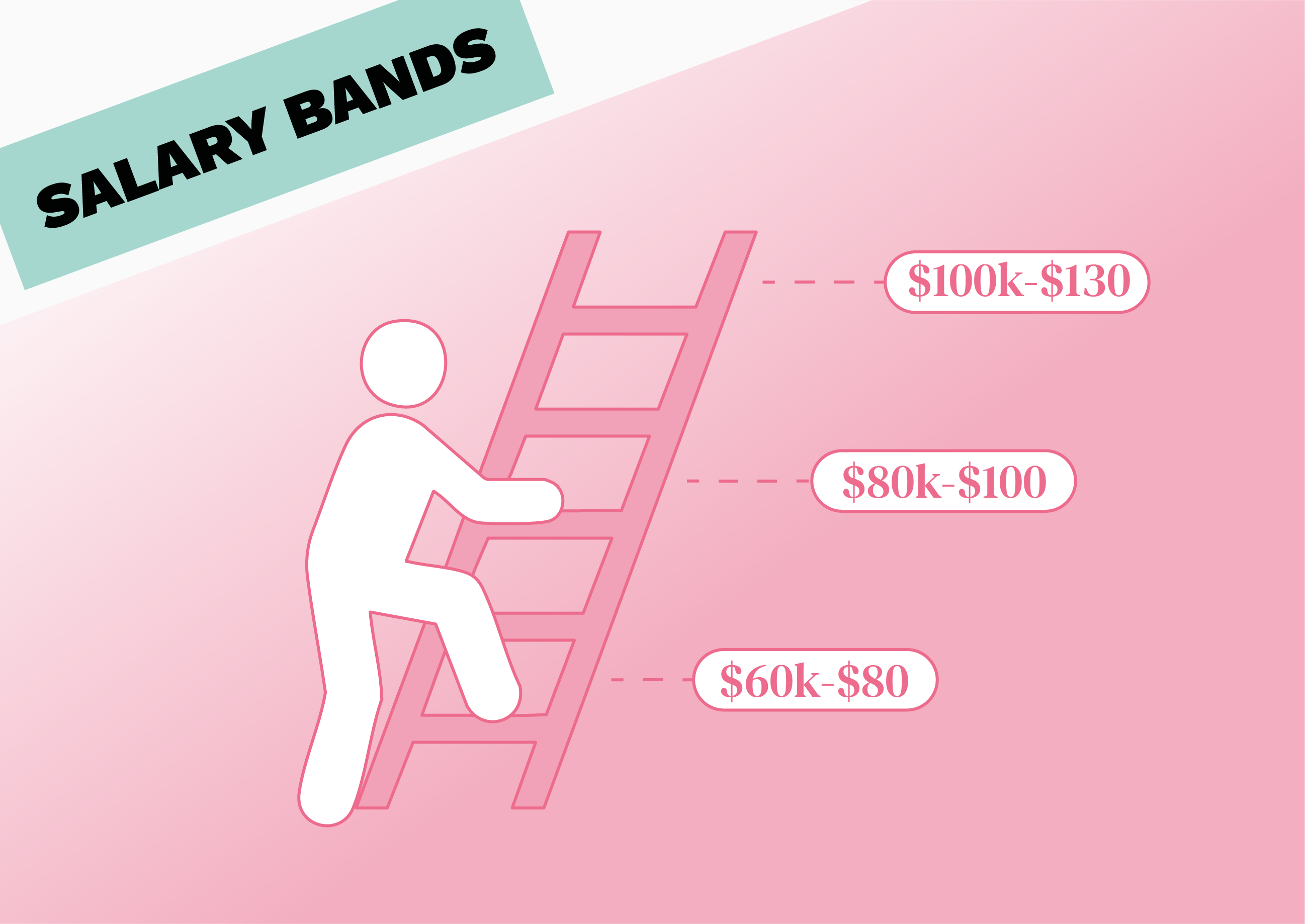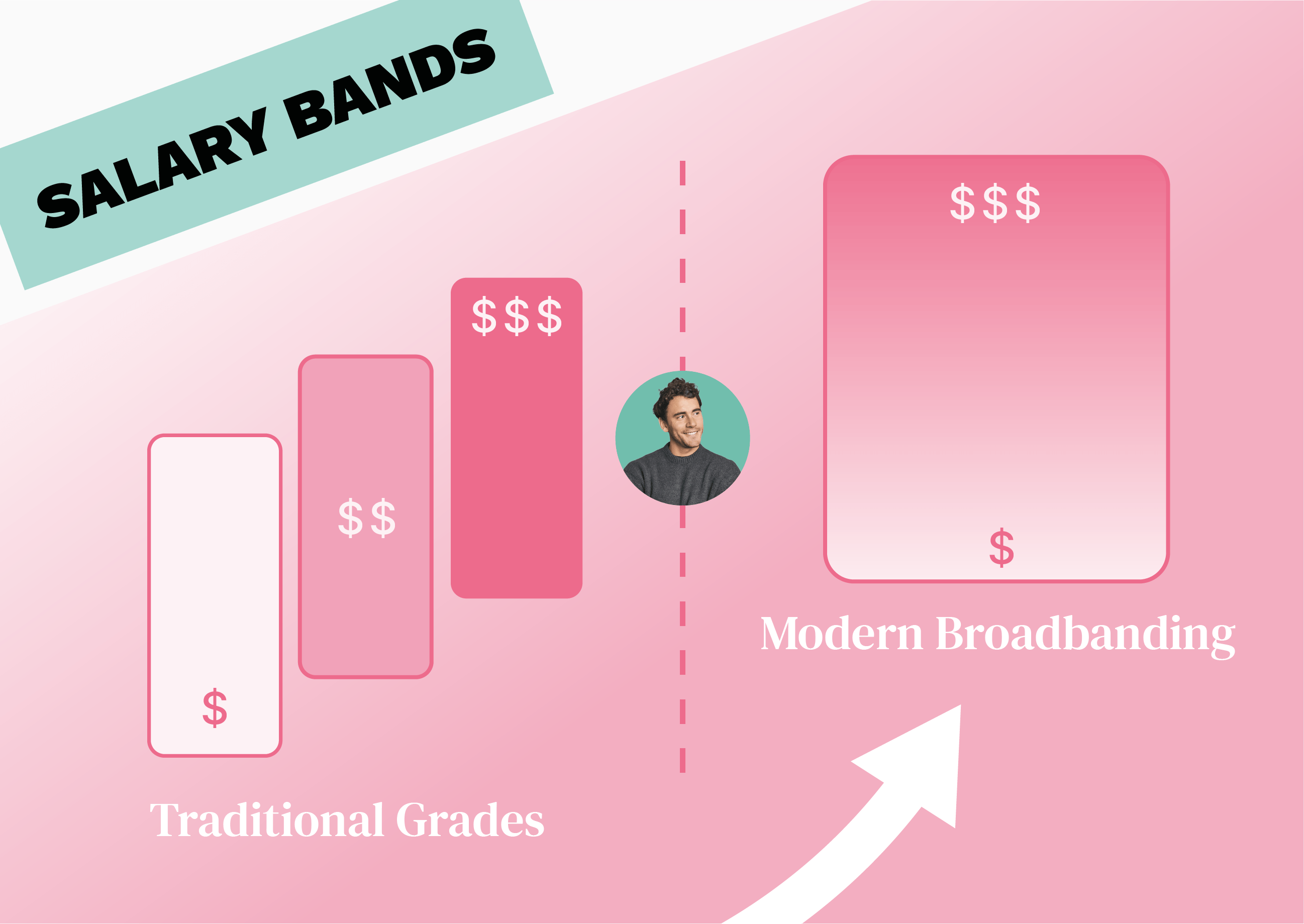Communication with team managers
Welcome to the second step of our exciting new series focused on internal communication about salary bands, covering everything from A to Z.
If you missed out on step one, learn all about communication with leadership here.
Now that we're on the same page, let's hop right in!
Building salary bands should not just be “yet another fancy HR project”; you should initiate it because it will solve some of your team members’ and managers’ problems and needs.
Make People Leads ambassadors of the salary band creation process! If they're not on board with how the bands are created and how they apply to different roles and individuals, every step afterward will just be a lot harder. - Sophie Deike, People Operation Specialist @ Ecosia
Along the project, you want managers to be onboard and engage for 2 main reasons:
#1 You will need their input for validation on things that impact their team and reports
#2 Once rolled out, the managers will be your relay/promoters in their teams, and if they're not convinced or don’t understand how it works, your salary grids' future is already compromised.
You don’t want to end up in a situation where a manager could answer to their direct report something like, “I agree with you, but it’s how HR wants to make it work from now on…”!
Managers will be involved in almost all of your milestones; here are the main touch points you want to have, their purpose, and some standard templates to help you frame those communications.
Project kick-off
Depending on how you operate internally, you may communicate about a project kick-off to everyone. Still, in any case, once the project is validated with the leadership team, you should have dedicated communication with managers to lay out the details of the project and how they will be involved in the following steps.
In this communication, you should specifically cover the following topics:
- Why are you doing this (transparency, talent attraction and engagement, internal fairness and equality, etc.)
- A reminder of the current compensation framework
- What does the end result look like (salary bands per job or job category, included in the compensation policy of the company, applied in different existing processes)
- Salary bands methodology: How are you building your bands? With which parameters? Which tool?
- What are the next steps, and how will they be involved?

Bands review and validation
Once you have created and adjusted all your bands following global rules, you want to ensure it works out for all teams.
That’s time for you to review each band and range with managers, to check they are, once again, aligned and aware of the methodology, conscious that it’s what’s going to be applied by default to their team moving forward, and last but not least, review individual impacts for their direct reports.
Ideally, you want to share the bands to be reviewed in advance so they can prepare for the meeting, and you only focus on validation and possible edge cases when the meeting time comes.

Pre-roll out training
All your bands are validated, and so are the individual impacts; the next milestone is the roll-out, and before getting there, you want to make sure managers are 100% ready to be your champions!
Make sure they know the following:
- Where to find global information about the framework, methodology, etc.
- What are the next steps in terms of communication to their direct reports (those impacted and the others)
- How will they use the salary bands in their day-to-day life once the roll-out is over (hiring, comp reviews, promotions, etc.)

What's next?
Looking at the image below, you're at step two. Up next is the start of a new world: communication to impacted employees.
Get the full internal salary bands communication guide here

.avif)




